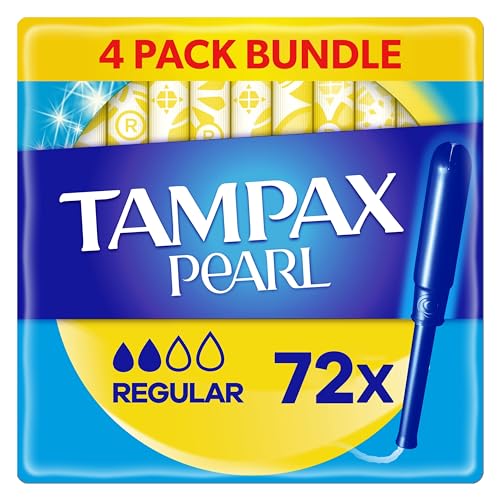Understanding the Causes of Dryness
Dryness while using tampons can be a common issue for many women. It can be uncomfortable and can sometimes even cause irritation or pain. There are several factors that can contribute to dryness while using tampons, so it’s important to understand the causes before finding a solution.
One of the main causes of dryness is the absorbency of the tampon itself. Tampons are designed to absorb menstrual flow, and depending on the brand and type you are using, some may be more absorbent than others. Higher absorbency tampons may soak up more of your vaginal moisture, leading to dryness.
Another factor that can contribute to dryness is the length of time you leave the tampon in. Tampons should be changed every 4-8 hours to prevent the risk of toxic shock syndrome (TSS). If you leave a tampon in for too long, it can absorb more moisture than necessary, leading to dryness.
Additionally, certain medications or hormonal changes can also affect the moisture levels in your vaginal area. If you are taking medications that can cause dryness as a side effect, or going through hormonal changes such as menopause, you may experience increased dryness while using tampons.
Choosing the Right Tampon
One way to deal with dryness while using tampons is to choose the right tampon for your needs. Look for tampons that are specifically designed for comfort and moisture retention. Some brands offer tampons with a moisture-locking core or a smooth, silky cover to reduce dryness.
Consider using tampons with lower absorbency levels, especially if you have a lighter flow. This can help prevent excessive moisture absorption and reduce the risk of dryness. Remember to change your tampon regularly to maintain the moisture balance in your vaginal area.
Using Lubricants
If you’re experiencing dryness while using tampons, using a lubricant can help alleviate discomfort and promote moisture retention. There are water-based lubricants available specifically designed for intimate use. Apply a small amount of lubricant to the tampon before insertion to increase comfort and reduce friction.
However, it’s essential to choose a lubricant that is safe to use with tampons. Avoid using oil-based lubricants, as they can break down the tampon material and increase the risk of leakage. Look for water-based lubricants that are compatible with tampons to avoid any potential issues.
Hydrating and Moisturizing
In addition to using the right tampons and lubricants, it’s important to maintain proper hydration and moisture levels in your vaginal area. Stay hydrated by drinking enough water throughout the day, as this can help promote overall vaginal health and reduce dryness.
Consider using a gentle, pH-balanced intimate wash or moisturizing gel specifically designed for use in the vaginal area. These products can help replenish moisture and maintain a healthy balance of bacteria. Avoid using harsh soaps or douches, as they can disrupt the natural pH balance and lead to dryness.
Seeking Medical Advice
If you have tried the above methods and are still experiencing severe dryness or discomfort while using tampons, it’s essential to seek medical advice. A healthcare provider can help identify any underlying causes or conditions that may be contributing to the dryness and provide appropriate treatment options.
They may recommend alternative menstrual products, such as pads or menstrual cups, that may be more suitable for your needs. Additionally, they can prescribe medication or suggest further lifestyle changes to help alleviate the dryness and promote overall vaginal health.






